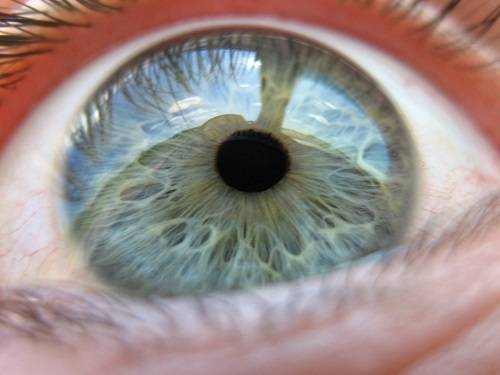What is laser vision correction in presbyopia? How is it done? What are the pros and cons of presbyopia surgery?
This process is continuously progressing, and the plus dioptres for reading gradually increase. And approximately at the age of 65-70 the lens loses its capacity for accommodation completely, and people have to get used to wearing glasses with plus lenses for “near” and separate glasses for “far” (for example, +4.0D for reading and +2.0D for “far” – without hyperopia or myopia at a young age). It is an inevitable process of aging of the body that cannot be stopped.
Learn more about Presbyopia
The inevitability of wearing glasses to work at close distances frightens many people. That is why people with age-related farsightedness (presbyopia) often turn to ophthalmologists to get rid of glasses.
In this case the patient usually faces a dilemma: if before 40 he did not wear glasses and he has problems with near vision (i.e. presbyopia, which can be helped by glasses +1,0D and higher), then after a laser correction of the pluses (for reading) he will probably need glasses for far sight (like for myopic people). It is clear that patients usually do not agree to such correction.
Of course, in this case, the so called “progressive vision” could help. In this case, correction is performed on one eye, then the patient reads with this eye and looks into the distance with the uncorrected second eye.

If a patient needs plus-size glasses for both near and far vision, laser correction allows to get rid of glasses for far-sight. That means that in everyday life people do not need glasses, but they will still need glasses with lower dioptres (approximately twice less than the previous pair of glasses for reading).
Read about LASIK Procedure
If the patient over 40 years of age has weak myopia (less than -3 diopters) and he reads without glasses, but looks in the distance using minus glasses, then after the laser correction the minus glasses for distant vision are not necessary, but plus glasses are necessary for reading and work near.
More complicated cases (for instance when there is astigmatism) will require consultations with an ophthalmologist, since the treatment has to be chosen individually.
Finally, there is a new method called PresbyLASIK which corrects age-related hyperopia in most patients and allows for high visual function results for near and far vision. In this case, the corneal surface is formed “aspherically”, as if multifocus, which allows one to read without wearing glasses. Modern excimer lasers have such a treatment program (e.g. VISXS4IR). The number of such surgeries is growing steadily all over the world, although ophthalmologists are in no hurry to celebrate the final “victory” over presbyopia.
Article about Vision Correction Options
In the majority of cases, the excimer laser in the hands of an experienced ophthalmic surgeon produces excellent results: in 93-95% of cases, normalization of vision occurs.
However, in 3 to 5% of cases the effect of the laser correction is waning, which requires repeated laser interventions in about a month to a year after the initial surgery. In some cases, patients notice visual discomfort at dusk and at night. This happens because the pupil dilates under dim light, allowing light rays to pass through the uncorrected and corneal areas. And this creates a blurred or blinding image of an object.
Such discomfort usually disappears in six months after the surgery, although some patients sometimes continue to experience such discomfort for a longer period of time.
Modern models of excimer lasers allow minimizing such negative consequences, including postoperative complications and discomfort.





